In today’s fast-paced world, finding ways to unwind and destress is more important than ever. Building your own DIY sensory deprivation tank can offer an escape, allowing you to relax in the comfort of your own home. These tanks, also known as isolation tanks or floatation tanks, are not just for the spa anymore. With our easy-to-follow DIY float tank plans, you can make a personal relaxation sanctuary that fits perfectly in your backyard or garden.
Our guide covers everything from choosing the right location to gathering the necessary materials, ensuring you have a smooth and successful build. Whether you’re looking to ease muscle cramps with hot water therapy or dive deep into sensory deprivation therapy, we’ve got you covered. Keep reading to discover how you can build a DIY float tank that meets your needs, providing a personal haven for relaxation and rejuvenation.
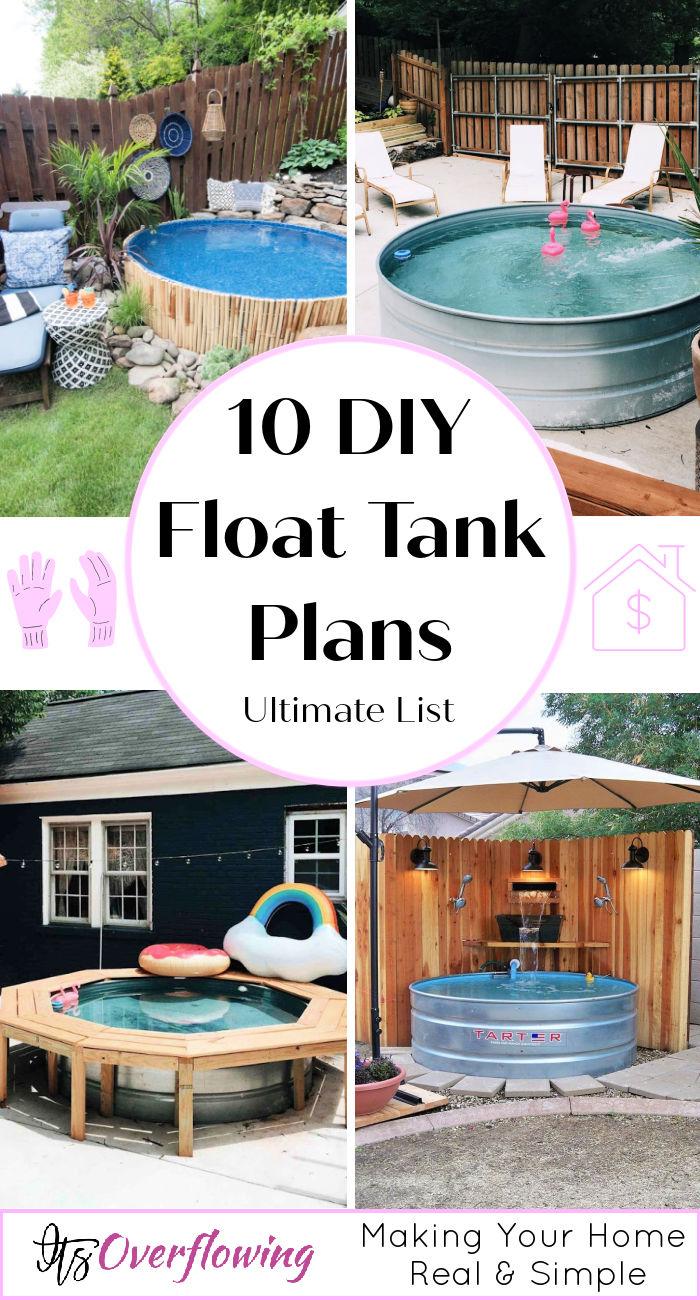
Why Build Your Own DIY Float Tank
Discover the benefits of building your own float tank and make a tranquil space for ultimate relaxation and rejuvenation.
- Cost-Effective Alternative: Building your own float tank can be significantly more affordable than purchasing a pre-made unit or paying for regular sessions at a spa. It provides an economical way to enjoy the benefits of sensory deprivation therapy right at home.
- Customizable Experience: Building a DIY float tank allows you to tailor the size, shape, and features to your specific preferences and space requirements. You can add personal touches such as custom lighting or aromatherapy to enhance your relaxation experience.
- Therapeutic Benefits: Having access to a float tank at home makes it easier to regularly incorporate sensory deprivation therapy into your routine. This can aid in reducing stress, improving sleep, and alleviating muscle tension, without the need to schedule appointments.
- Privacy and Comfort: With a float tank in your own space, you can relax in complete privacy, without the concerns of using public facilities. This comfort level can lead to a more effective and deeper relaxation session.
- Educational and Rewarding: The process of building your own float tank can be a fulfilling project. It offers an opportunity to learn new skills and gives a sense of accomplishment once you’ve created a functional and enjoyable relaxation tool.
Remember, always prioritize safety when undertaking a DIY project of this nature. Ensure you have a thorough understanding of the steps involved and consider consulting with a professional if needed.
How to Build Your Own DIY Sensory Deprivation Tank
Building your very own sensory deprivation tank, also known as a float tank, can offer a serene escape from the daily grind, promoting relaxation and stress relief right in the comfort of your home. This guide will help you navigate through the process of building a sensory deprivation tank, ensuring a project that’s both fulfilling and rewarding.
Understanding the Basics
Before diving into the construction phase, it’s important to grasp what a sensory deprivation tank entails. Essentially, it’s a lightless, soundproof tank filled with salt water at skin temperature, designed to diminish sensory input to the brain. The benefits range from improved sleep to decreased stress levels.
Choosing the Right Location
The first step in your DIY journey is selecting the ideal location for your float tank. It should be a quiet, private space where you can relax undisturbed. Basements, spare bedrooms, or a secluded corner in your backyard are great options. Consider the size and weight of the tank when filled with water, as this will influence where you can feasibly place it.
Materials and Tools
Gather the necessary materials and tools before you start. While specific needs may vary depending on your design, here’s a general list to get you started:
- A tank or large container suitable for your body size
- Water pump and filtration system
- Water heater to maintain the water at skin temperature
- Epsom salt (approximately 800 lbs for a standard tank)
- Soundproofing materials
- Lighting and waterproofing solutions
- Basic tools (screwdriver, drill, saw, silicone sealant)
Construction Steps
- Tank Preparation: Ensure your tank is clean and waterproof. If you’re using a stock tank, you might need to reinforce it to handle the weight of the water and salt. Use silicone sealant on any joints or potential leak points.
- Water System Setup: Install your water pump and filtration system. This is crucial for maintaining clean water and preventing skin irritation. The system should efficiently circulate and filter the water, keeping it free from contaminants.
- Heating: Incorporate a water heater to maintain the temperature around 93.5°F (34°C), which is roughly skin temperature. This helps make the sensation of floating in midair, crucial for the sensory deprivation experience.
- Soundproofing and Lighting: To achieve true sensory deprivation, soundproof your space. This can be as simple as adding thick carpets and curtains or using specialized soundproofing materials. Opt for soft, ambient lighting options if you prefer not to be in complete darkness.
- Adding Epsom Salt: Fill your tank with water and dissolve the Epsom salt. This high salt concentration allows your body to float effortlessly, a key component of the sensory deprivation experience.
- Testing and Adjusting: After setting everything up, it’s time to test your tank. Adjust the water temperature and salt levels as needed. It’s also a good opportunity to tweak the soundproofing and lighting to your preferences.
Safety Considerations
- Electrical Safety: Ensure all electrical installations are safely done, preferably by a professional, to avoid any risk of electrocution.
- Water Cleanliness: Regularly check and maintain your water filtration system to prevent bacterial growth.
- Structural Integrity: Regularly inspect the tank for any signs of wear and tear, especially if you’ve constructed it yourself.
Building a DIY sensory deprivation tank is a rewarding project that offers endless hours of relaxation. By following these steps, you’re well on your way to building a personal retreat that alleviates stress, improves sleep, and offers a unique form of relaxation.
FAQs on Building Your Own Sensory Deprivation Tank
Learn everything you need to know about building your own sensory deprivation tank in this comprehensive FAQ guide.
What is a sensory deprivation tank?
A sensory deprivation tank, also known as a float tank or isolation tank, is a soundproof and lightless tank filled with saltwater at skin temperature. It’s designed to minimize sensory input to the brain, building a state of deep relaxation and stress reduction.
How much does it cost to build a DIY sensory deprivation tank?
Building a DIY sensory deprivation tank can vary in cost, but it is generally more affordable than purchasing a commercial unit. Costs can range from a few hundred to a few thousand dollars, depending on the materials used and the complexity of your setup.
Can I build a sensory deprivation tank at home?
Yes, you can build a sensory deprivation tank at home. With the right materials, tools, and a comprehensive guide, it’s possible to make a functional and safe float tank in your own space.
What materials do I need to build my own float tank?
The basic materials needed include:
- A tank or large container that fits your body
- Water pump and filtration system
- Water heater
- Epsom salt (around 800 lbs for a standard tank)
- Soundproofing materials
- Lighting and waterproofing solutions
- Basic construction tools (screwdriver, drill, saw, silicone sealant)
How do I ensure the water in my float tank stays clean?
To keep the water clean, install a water pump and filtration system designed for pools or spas. Additionally, using pool-grade disinfectants and regularly testing the water quality can help maintain cleanliness and safety.
Is it safe to build and use a DIY sensory deprivation tank?
Yes, but safety should always be a priority. Ensure all electrical installations are done safely, possibly with professional help. Regularly inspect your tank for leaks or wear and tear. Always supervise children around the tank and follow basic water safety practices.
Can floating in a sensory deprivation tank improve my health?
Many users report health benefits from using sensory deprivation tanks, including reduced stress, improved sleep quality, and relief from muscle tension. However, individual experiences may vary, and it’s always recommended to consult with a healthcare provider if you have specific health concerns.
How often should I use my sensory deprivation tank?
Usage can vary based on personal preference and goals. Some people use their tanks several times a week for stress reduction, while others may use it less frequently. Listen to your body and adjust usage to suit your needs and schedule.
How do I maintain the temperature in my float tank?
A water heater designed for pools or large bathtubs can maintain the water at the desired temperature, typically around 93.5°F (34°C), which is close to skin temperature. It’s important to regularly check the temperature and adjust the heater settings as needed to ensure comfort during use.
Can I add lights or music to my sensory deprivation tank?
Yes, adding lights or music can customize your sensory deprivation experience. Waterproof LED lights and underwater speakers can enhance relaxation without disrupting the sensory deprivation effect. Always ensure any electrical components are safely installed and waterproofed.
10 Easy DIY Float Tank Ideas
Discover 10 simple DIY float tank ideas that you can easily make. Dive into relaxation and rejuvenation with these DIY projects.
1. DIY Float Tank
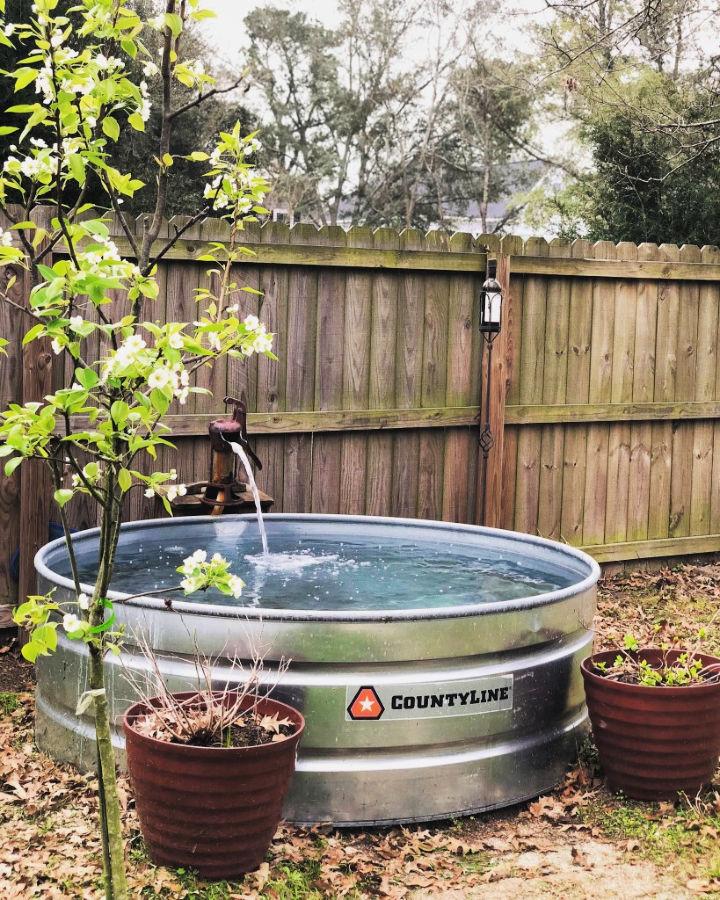
Transform your backyard into a personal oasis with Flowertown Charm‘s DIY guide to building a stock tank pool. Learn how to choose the right size tank, install a pump, and maintain crystal-clear water for refreshing dips all summer long. Their practical steps and maintenance tips ensure a delightful and stress-free pool experience. Dive into this engaging guide and cool off in style with your very own garden pool or “hillbilly hot tub” – a charming addition to any home.
2. How to Make a Stock Tank Pool
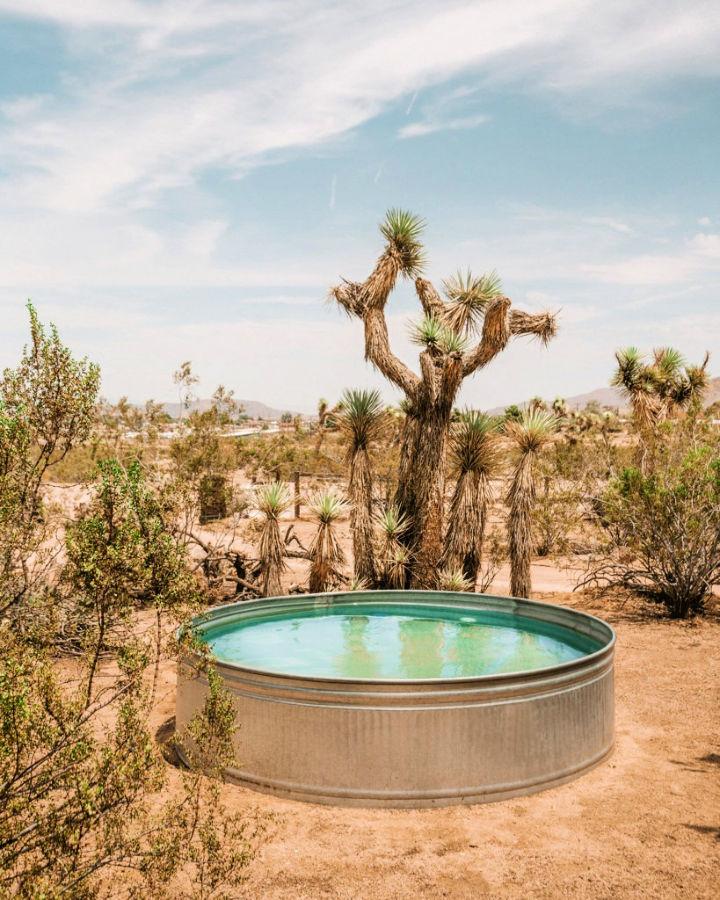
Looking to cool off during those hot summer days with a fun and affordable project? Sara Combs shares a comprehensive DIY guide on building your own stock tank pool at The Joshua Tree House. The step-by-step instructions are clear and detailed, ensuring you have all the information needed to set up a refreshing backyard oasis. Learn how to choose the right stock tank, install a filtration system, and maintain the pool for lasting enjoyment. Transform your summers with a stock tank pool that’s both a stylish and practical addition to your outdoor space.
3. Float Tank Swimming Pool Plans
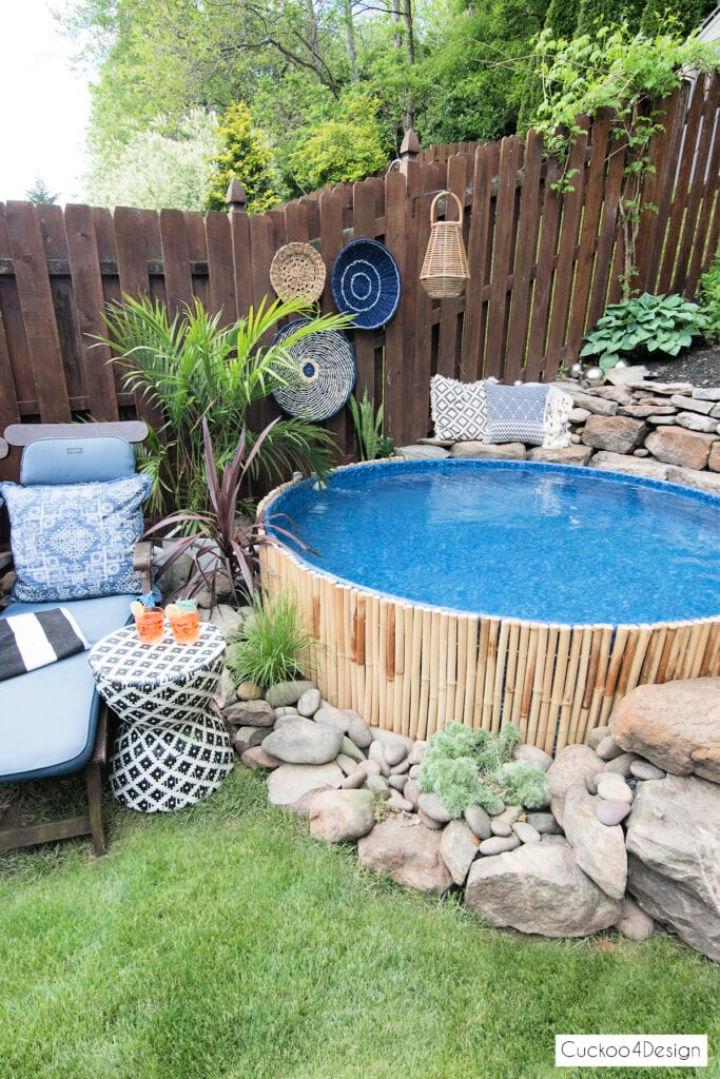
Treat your insomnia and addiction problems with this float tank swimming pool. Transforming your sloped backyard into a refreshing oasis is achievable with a DIY stock tank swimming pool lined for durability. Cuckoo4Design offers a step-by-step guide to building this innovative water feature, complete with a pool liner, ensuring longevity even in challenging terrains.
The tutorial includes selecting materials, installing the liner, setting up the filtration system, and adding aesthetic touches. Ideal for cooling off during hot summers, this guide provides valuable insights for crafting a long-lasting backyard retreat. With detailed instructions and practical tips, you’ll be equipped to build a unique and sturdy stock tank pool that blends seamlessly into your outdoor space.
4. Ultimate DIY The Stock Tank Pool
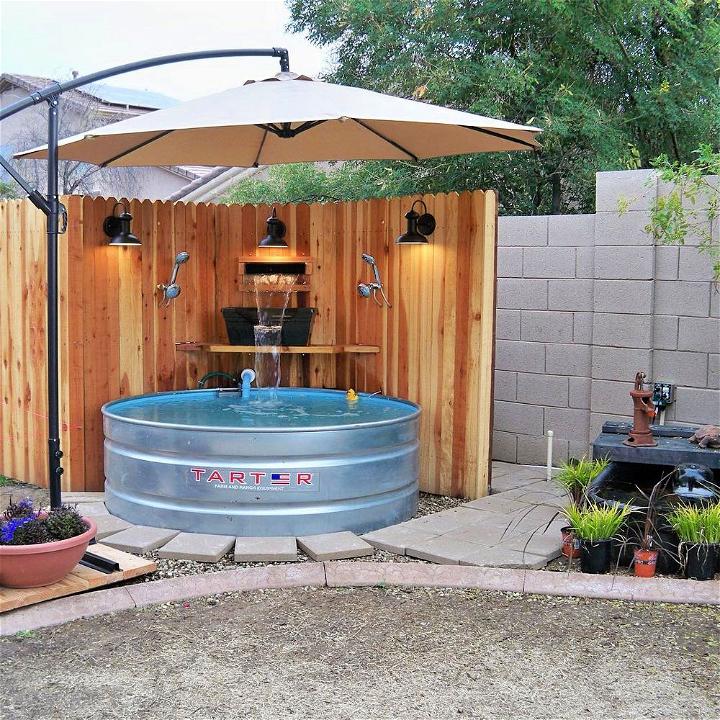
Ready to set up your own stock tank pool? Stock Tank Pool Tips, Kits, & Inspiration has you covered with an easy-to-follow, three-step DIY guide. Our ultimate setup guide ensures you can make a backyard oasis in just a few hours. Discover the necessary parts and step-by-step instructions, complete with helpful videos. Safety is paramount, so remember to always supervise children around water. Get ready to dive into pool fun with confidence and ease, all while ensuring a secure environment for your loved ones.
5. DIY Stock Tank Pool
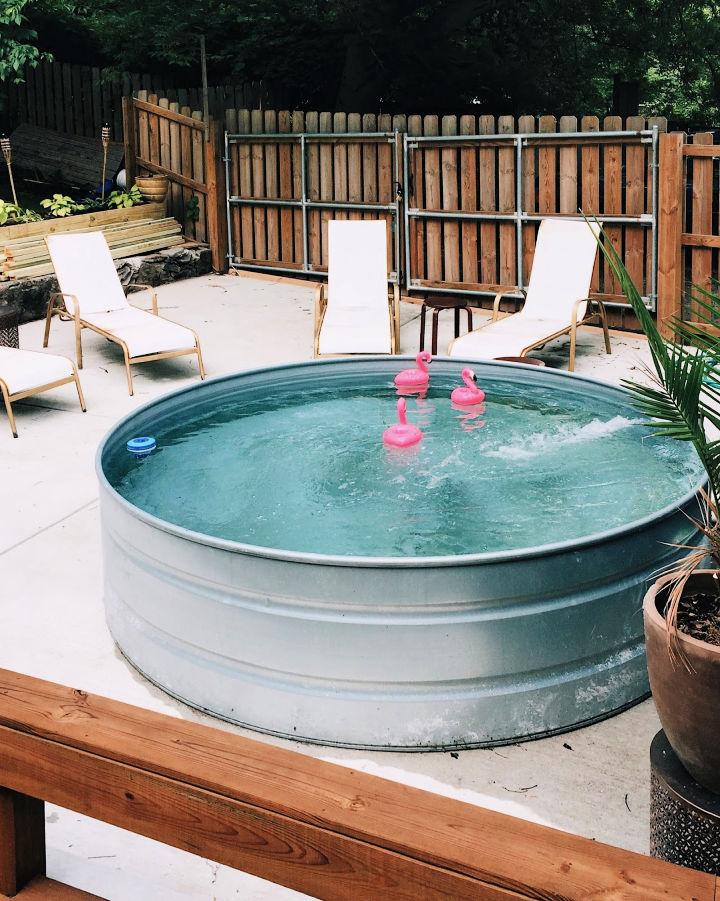
Transform your backyard into a refreshing oasis with a DIY stock tank pool! Hey Wanderer‘s guide provides a thorough walkthrough for setting up a chlorine-filtered pool, perfect for those warm summer days. From leveling the ground to sealing the connections to ensure no leaks, this guide covers all the essentials. Plus, they share firsthand troubleshooting tips to help you navigate potential hiccups. Ready to beat the heat with a cool, homemade pool? Dive into Hey Wanderer’s tutorial for everything you need to know to make your own stock tank swimming haven.
6. Clever Float Tank Ideas
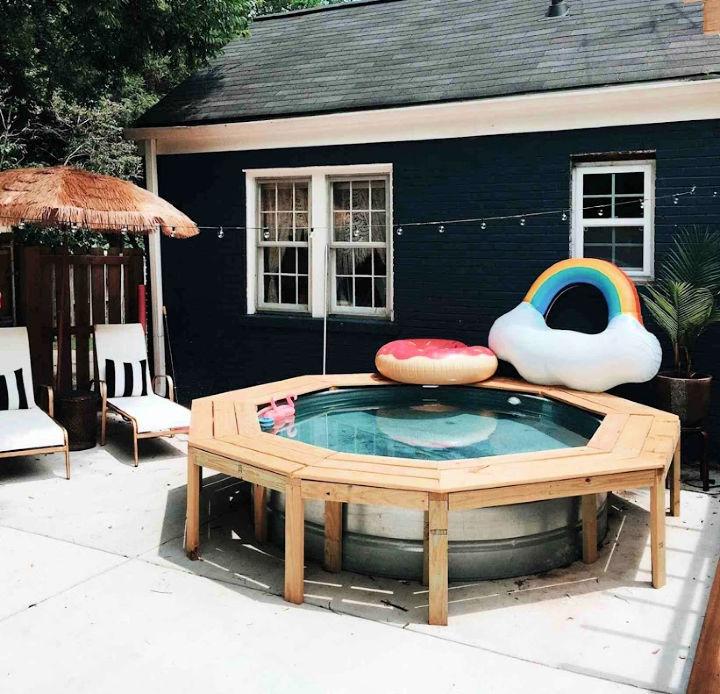
Experience relief from sadness and stress through the therapeutic benefits of a sensory deprivation tank. Simply warm the tub to your body temperature and add custom salts, such as Epsom salt, to soothe muscle strains. The water’s buoyancy effortlessly supports effortless floating. Consider installing an isolation tank in your backyard or garden for a blissful and rejuvenating relaxation experience. Draw inspiration from this provided sample, which boasts a hexagonal wooden deck surrounding the tank.
7. Build a Oval Stock Tank Pool
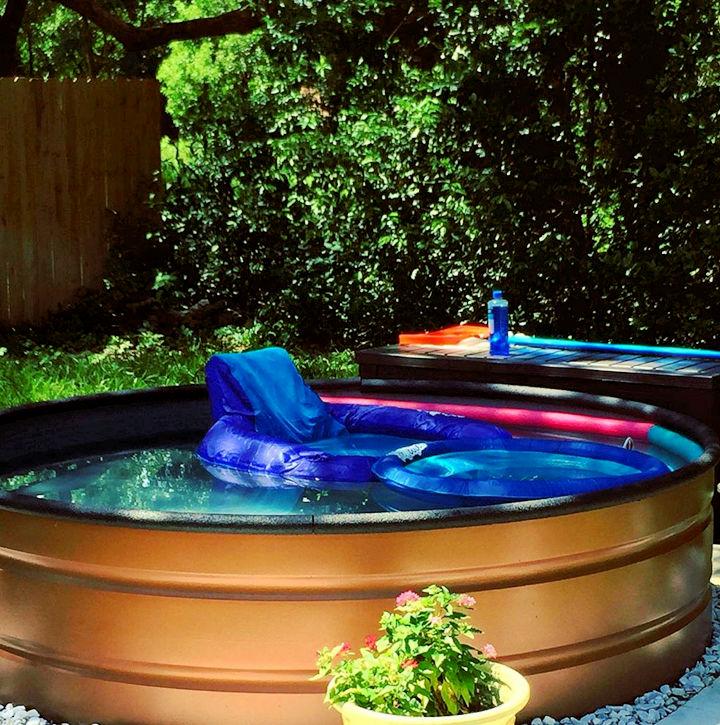
Escape life’s worries with your very own oasis – an oval stock tank pool nestled beneath the shade of a tree. Select the perfect outdoor spot and design your personal sensory deprivation tank tailored to your preferences. Set up a reliable filter pump, warm the water to your desired temperature, and enhance your relaxation in this rejuvenating hot tub. Maintain the pristine blue appearance with a custom water cleaner while ensuring cleanliness with the addition of chlorine tablets. Indulge in the ultimate tranquility and make your own sanctuary.
8. Backyard Float Tank Setup
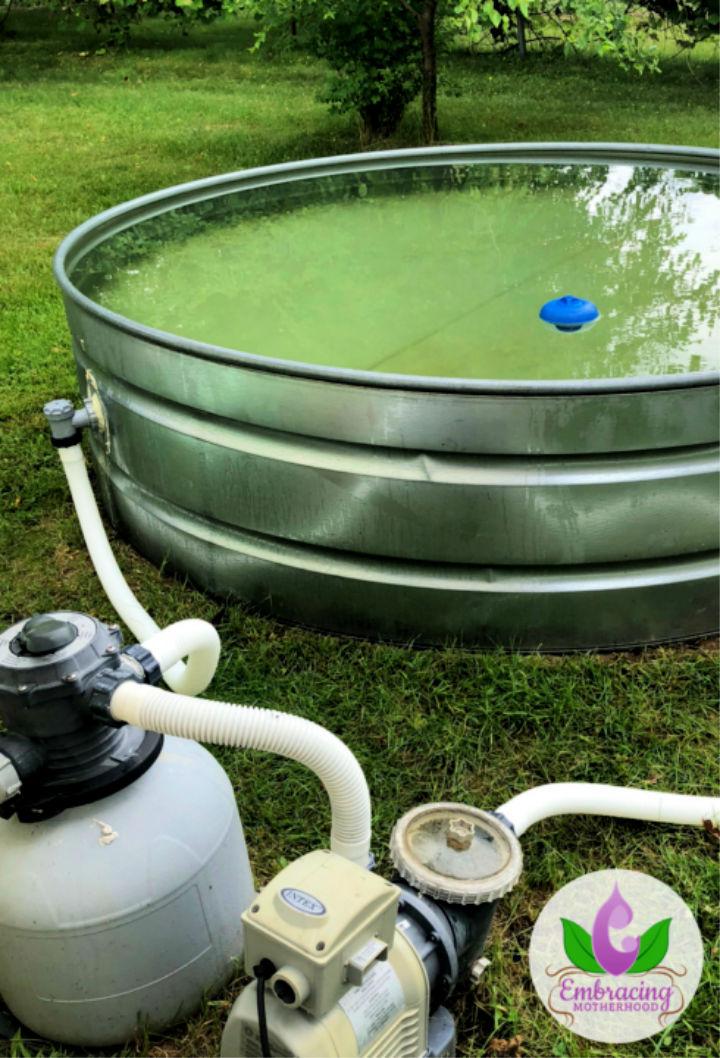
Taking a leisurely bath in warm saltwater is an excellent way to reduce stress and unwind after a long day. Immersing yourself in a serene and tranquil environment, complete with soft lighting and calming aromas, can effectively alleviate feelings of depression and anxiety.
The therapeutic properties of salt not only help to relax your mind but also provide relief from fatigue and muscle cramps. For an even more indulgent experience, you might consider exploring the option of a backyard isolation tank, equipped with a spacious round float tank and a high-quality filter pump, to truly soothe your nerves and promote deep relaxation.
9. Adorable Float Tank Pools
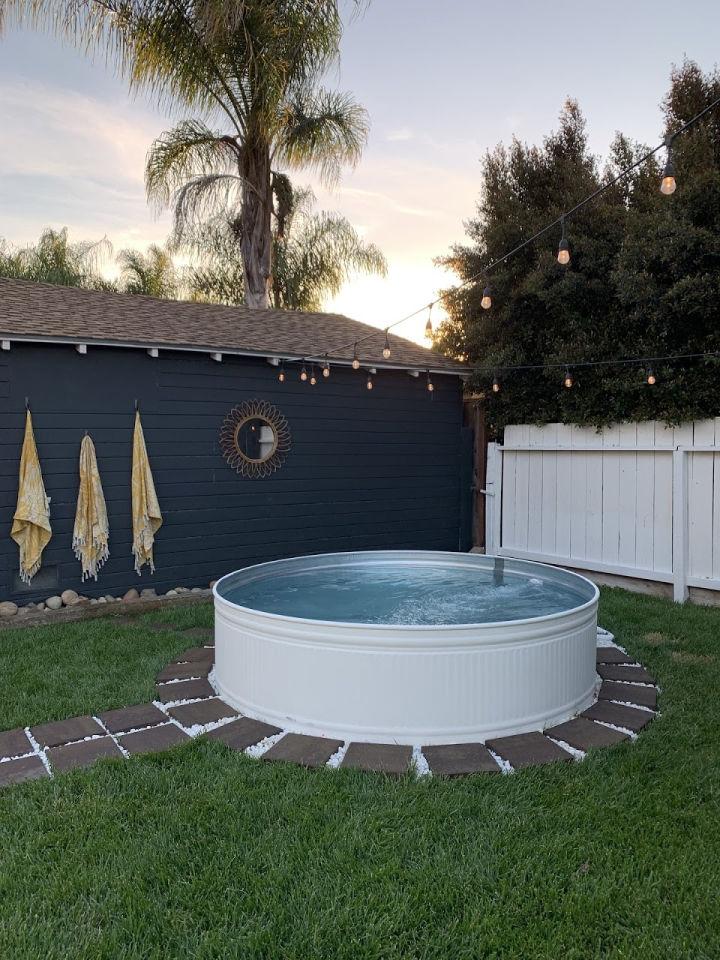
Are you currently struggling with insomnia and other sleep-related issues? Do muscle strains constantly bother you? If so, we have the perfect solution for you – a DIY float tank pool. Imagine a serene and tranquil oasis nestled in a beautifully manicured green lawn. The float tank is exquisitely designed, with a round shape that adds a touch of elegance to any space.
You have the freedom to select the size and water capacity that suits your needs. To ensure utmost cleanliness, the float tank includes a filter pump, plunger valves, custom hoses, and water cleaning systems. Indulge yourself in the ultimate relaxation experience with our meticulously crafted float tank.
10. Float Tank Pool Design
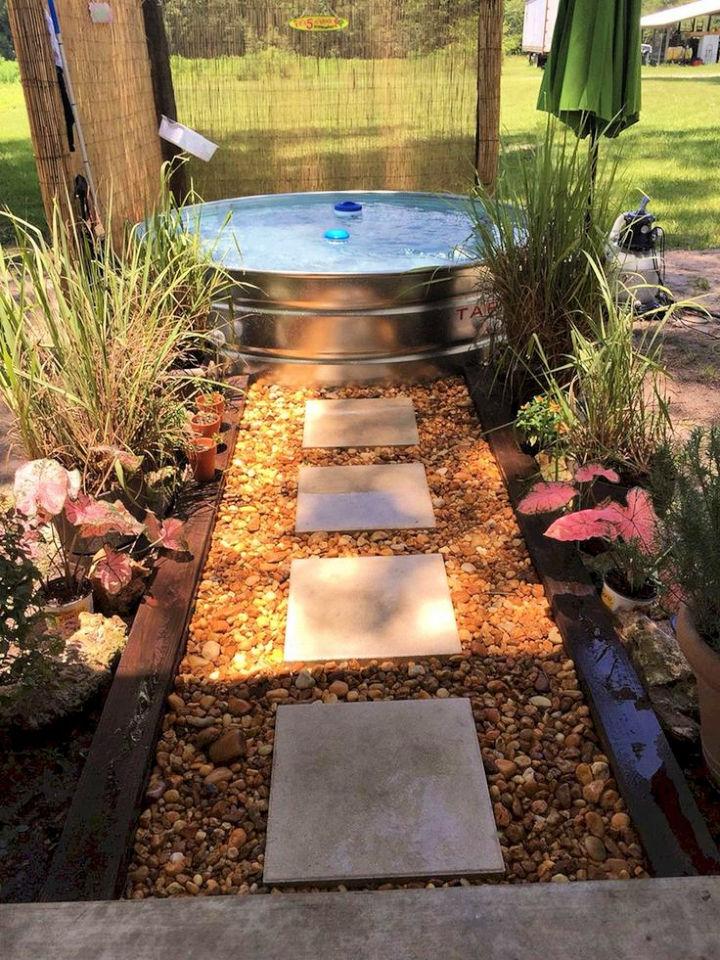
Get inspired by this enchanting design of the float tank pool that exudes a captivating allure. With its stunning aesthetics, this float tank pool is a sight to behold. The round design is accentuated by a beautifully paved pathway that leads you to the inviting warmth of the water tank. Immerse yourself in the ultimate spa experience as you dive into this exquisite float tank pool design. Discover the satisfaction of building your very own DIY Float Tank Pool, a masterpiece that combines relaxation and elegance.
DIY Solar Pool Heater: With these easy-to-follow DIY solar pool heater instructions, you can build your own solar pool heater in less than one hour.
Conclusion:
In conclusion, constructing a DIY Float Tank can be a rewarding project that brings the tranquility of a Sensory Deprivation Tank into your home. With the right tools, careful planning, and attention to detail, anyone can make a personal oasis for relaxation and meditation. As we’ve explored the essential steps and tips in this DIY Float Tank guide, remember to prioritize safety and comfort throughout the building process. Elevate your well-being and transform your space by introducing the unique sensory deprivation experience. Happy building!
